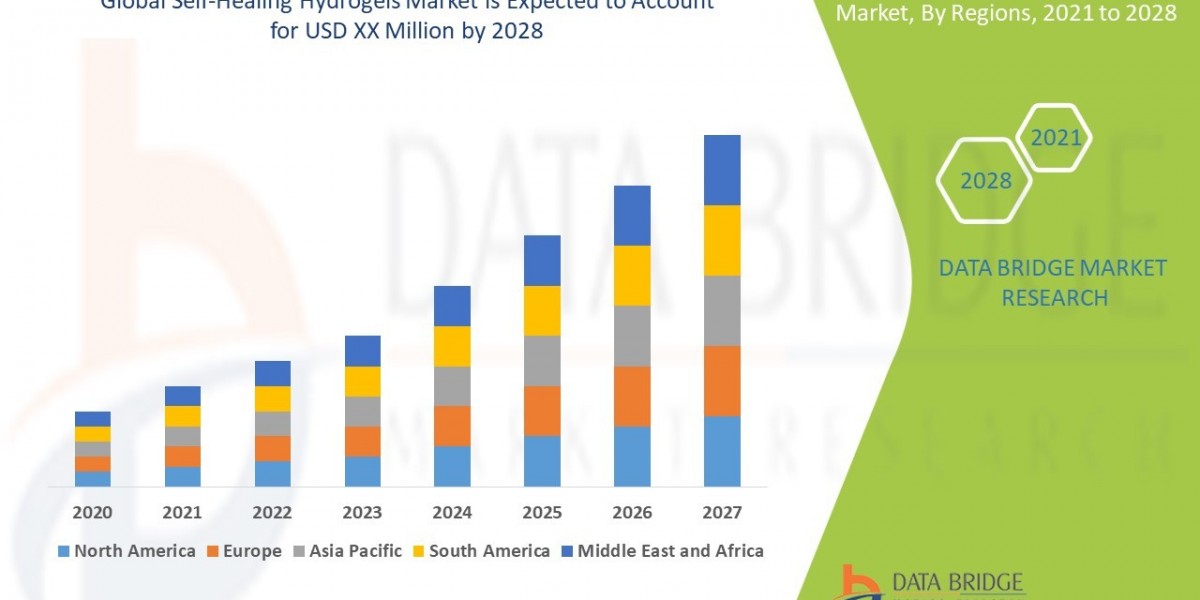US Medical Aesthetics Market Booms Amid Rising Demand for Non-Invasive Procedures
The United States medical aesthetics market is experiencing significant growth, fueled by an increasing desire for youthful appearances, the influence of social media, and advancements in non-invasive treatment options. Experts predict the market will continue its upward trajectory, reaching billions of dollars in the coming years.
Non-Invasive Procedures Lead Market Growth
A key trend driving the market is the surging popularity of non-surgical procedures. These treatments, which include injectables like Botox and dermal fillers, laser skin resurfacing, and non-surgical body contouring, offer effective results with minimal downtime, appealing to a broad demographic seeking convenient and safe enhancements. In 2023 alone, Americans spent over $6 billion on non-invasive procedures, signaling a robust demand for these options.
Key Factors Fueling the Expansion:
- Aging Population: A significant portion of the US population seeks treatments to combat the visible signs of aging, driving demand for anti-wrinkle and skin rejuvenation procedures.
- Social Media Influence: The emphasis on appearance in the digital age has increased awareness and acceptance of aesthetic treatments across all age groups.
- Technological Advancements: Continuous innovation in aesthetic devices and products offers more effective, safer, and less invasive treatment options.
- Growing Male Participation: The male segment of the market is expanding, with more men seeking cosmetic procedures, indicating a shift in societal perceptions.
- Accessibility and Convenience: The rise of medical spas and the availability of less invasive procedures have made aesthetic treatments more accessible and convenient for a wider range of consumers.
Market Size and Projections:
The US medical aesthetics market was valued at approximately $37.94 billion in 2023 and is projected to grow at a compound annual growth rate (CAGR) of over 12% in the coming years. Some reports even suggest the market could reach over $70 billion by 2033. Facial aesthetics, including botulinum toxins and dermal fillers, currently hold the largest market share due to high demand and increasing willingness for these procedures.
Leading Procedures and Technologies:
- Injectables: Botulinum toxins (like Botox) remain a cornerstone for wrinkle reduction, while hyaluronic acid-based dermal fillers are popular for restoring volume and contour.
- Laser and Energy-Based Treatments: Technologies like laser skin resurfacing, radiofrequency, and ultrasound are in demand for skin rejuvenation, hair removal, and body contouring.
- Body Contouring: Non-surgical fat reduction technologies like cryolipolysis (CoolSculpting) are gaining popularity as alternatives to traditional liposuction.
- Skin Rejuvenation: Procedures like chemical peels and microneedling continue to be sought after for improving skin texture and tone.
Market Players and Innovations:
The US medical aesthetics market is characterized by numerous players, including pharmaceutical companies, medical device manufacturers, and specialized aesthetic clinics. Key companies are continuously innovating, with recent trends including:
- AI-powered precision treatments: Utilizing artificial intelligence for more accurate diagnoses and personalized treatment plans.
- Regenerative aesthetics: Exploring treatments using stem cells and other regenerative technologies.
- Combination therapies: Integrating multiple treatment modalities for enhanced results.
- At-home devices: A growing market for consumer-grade aesthetic devices.
Challenges and Considerations:
Despite the robust growth, the US medical aesthetics market faces certain challenges:
- Regulatory landscape: Navigating the FDA approval process for new devices and products can be complex and lengthy.
- Cost and insurance coverage: Most aesthetic procedures are not covered by insurance, potentially limiting access for some individuals.
- Ethical considerations: Addressing concerns about unrealistic beauty standards and the potential impact on mental health remains important.
Looking Ahead:
The US medical aesthetics market is poised for continued expansion, driven by technological advancements and evolving consumer preferences. The focus on minimally invasive techniques, personalized treatments, and natural-looking results will likely shape the future of the industry, offering a wide array of options for individuals seeking to enhance their appearance and well-being.








